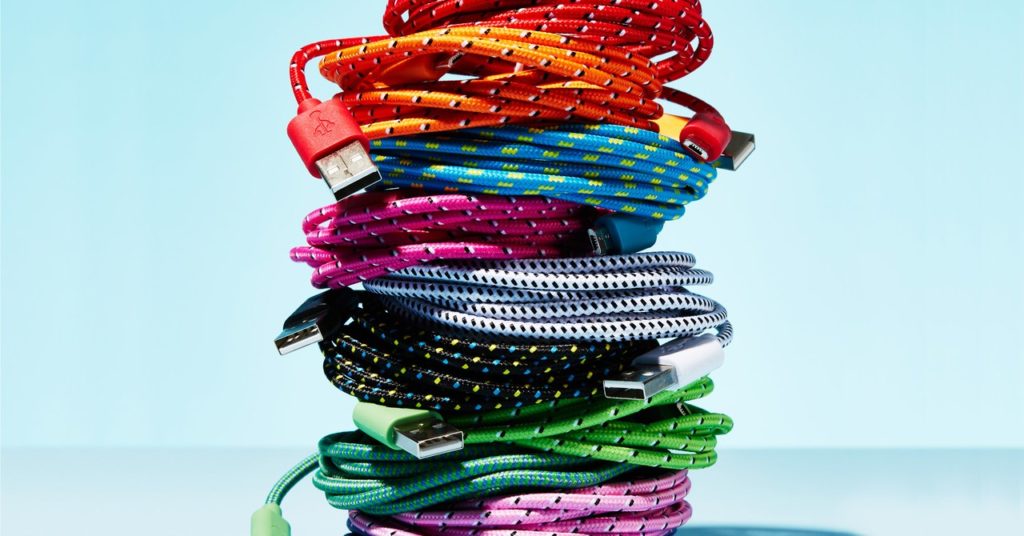How to Buy Used on eBay: A Beginner’s Guide
Gracefully avoid sketchy situations and score a deal on the post-holiday gadget turnover….


I have purchased dozens of laptops, phones, cameras, camera lenses, cast iron cookware, musical equipment, and even prepaid cell phone plans off auction sites. In all that time, I have only been ripped off once, but even then I ended up getting my money back. I didn’t get the item I was after, but I didn’t lose anything either.
That said, it probably bears repeating: If a deal sounds too good to be true, it is.
How to Bid
Once you’ve found an item you want, and you know how much you want to pay, it’s time to … wait. I strongly suggest you bid only at the last second. And I mean that nearly literally. I only bid when there are about 10 to 20 seconds left. I wait until the auction is ending, then I look it up on my phone, because I think eBay’s app has a better interface for actual bidding (it’s terrible for browsing), and in those last few seconds I enter the maximum amount I’m willing to pay.
The reason you don’t want to bid earlier is it gives your competitor a chance to react. If you go ahead and outbid someone days, or even hours before an auction ends, they’re going to come back and outbid you. Often my guess is they will come back and outbid you even if you drove them over their original max bids. You don’t want to give other people time to get into the emotional experience of bidding on eBay. Only auctioneers want to whip bidders into auction fever. We want them to never see us coming.
Once it’s down to those last 20 or so seconds, then you enter your max bid. At that point, a kind of automated bidding war begins. This one is not emotional though, it’s pure machine-based, cold hard logic.
The site takes your max bid and holds it, but all it puts into the actual auction is a bid that’s 50 cents more than whatever the current highest bid is. But then that other high bidder may have entered a higher total bid than was shown, so eBay bumps their price up. Then your eBay robot responds, and so on, going back and forth until someone hits their max bid. If it’s the other bidder, you win. And because you bid at the last second, the other bidder didn’t have time to reconsider and possibly up their max bid.
The downside to this strategy is that if the other bidder has a higher max bid than you, they will win. That’s OK, because you already submitted your max bid. To go higher would mean you were paying more than you know you should. So this last-minute method also saves you from yourself. And honestly, I always bid this way and rarely end up losing.
Other Tips
I rarely buy things using the Buy It Now button (which means there’s a fixed price, no bidding). Typically people who sell this way are resellers (they have a large stock of the item and sell it all the time), and while they may offer an OK deal, it’s typically not a great one. The big exception here for me is phones. Almost all the phones I’ve purchased were Buy It Now items.
The bit of advice I have about avoiding being scammed is don’t pay with anything other than PayPal. I don’t necessarily mean you have to use a PayPal account, but make sure the transaction is processed through PayPal. If someone wants a money order or check, that’s a scam. I also avoid local pickup items in most cases. (Vehicles and appliances are the only things I’d consider for local pickup.)
Perhaps the best advice I can give is the most difficult to follow: Try to remove your emotions from the equation. When buying used, think of your heart and brain as the two voices whispering in your ears. Your heart may be set on a new (to you) laptop, but your brain is better at sniffing out scams, won’t get sucked into auction fever, and it’s what you should listen to when you find yourself thinking, that’s almost too good to be true.




